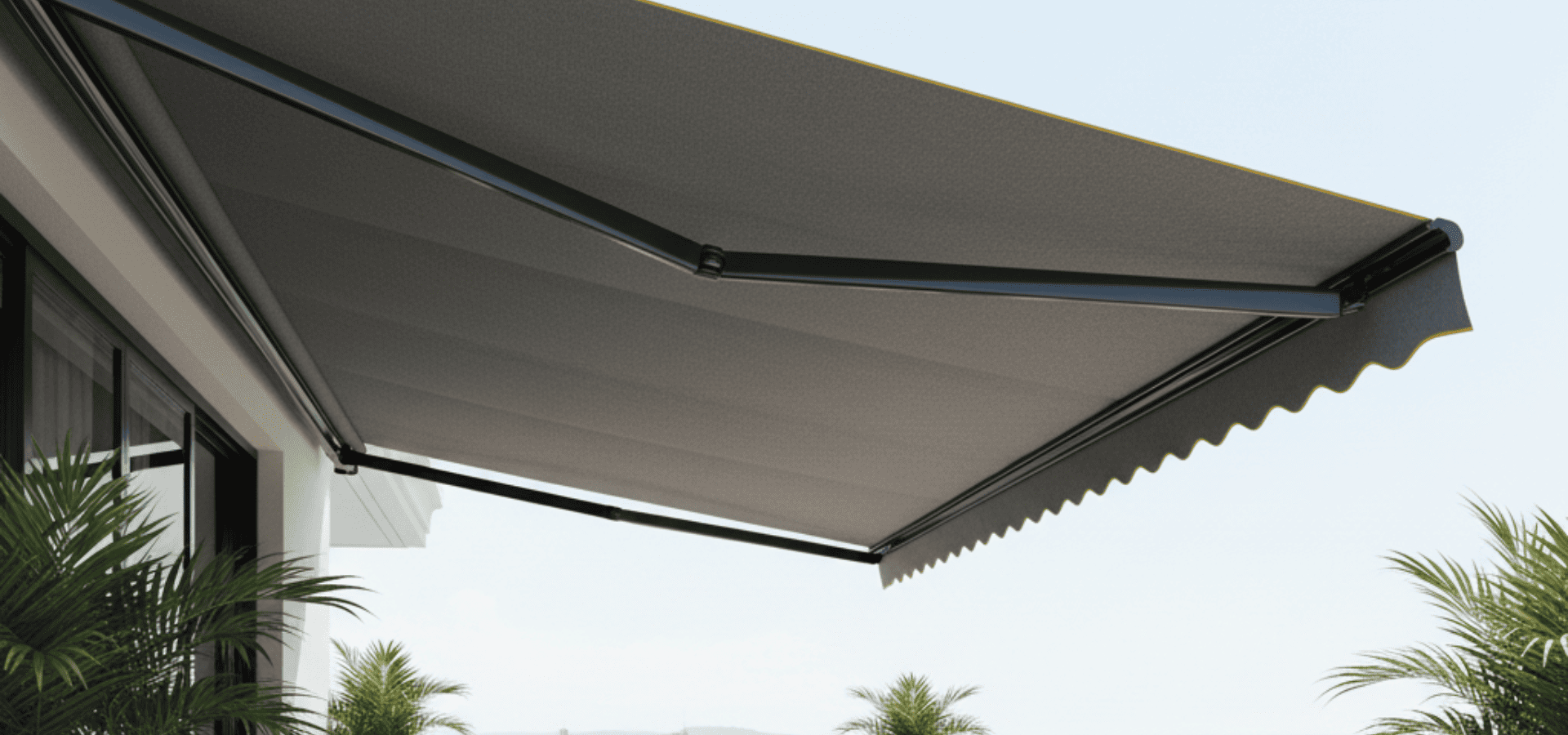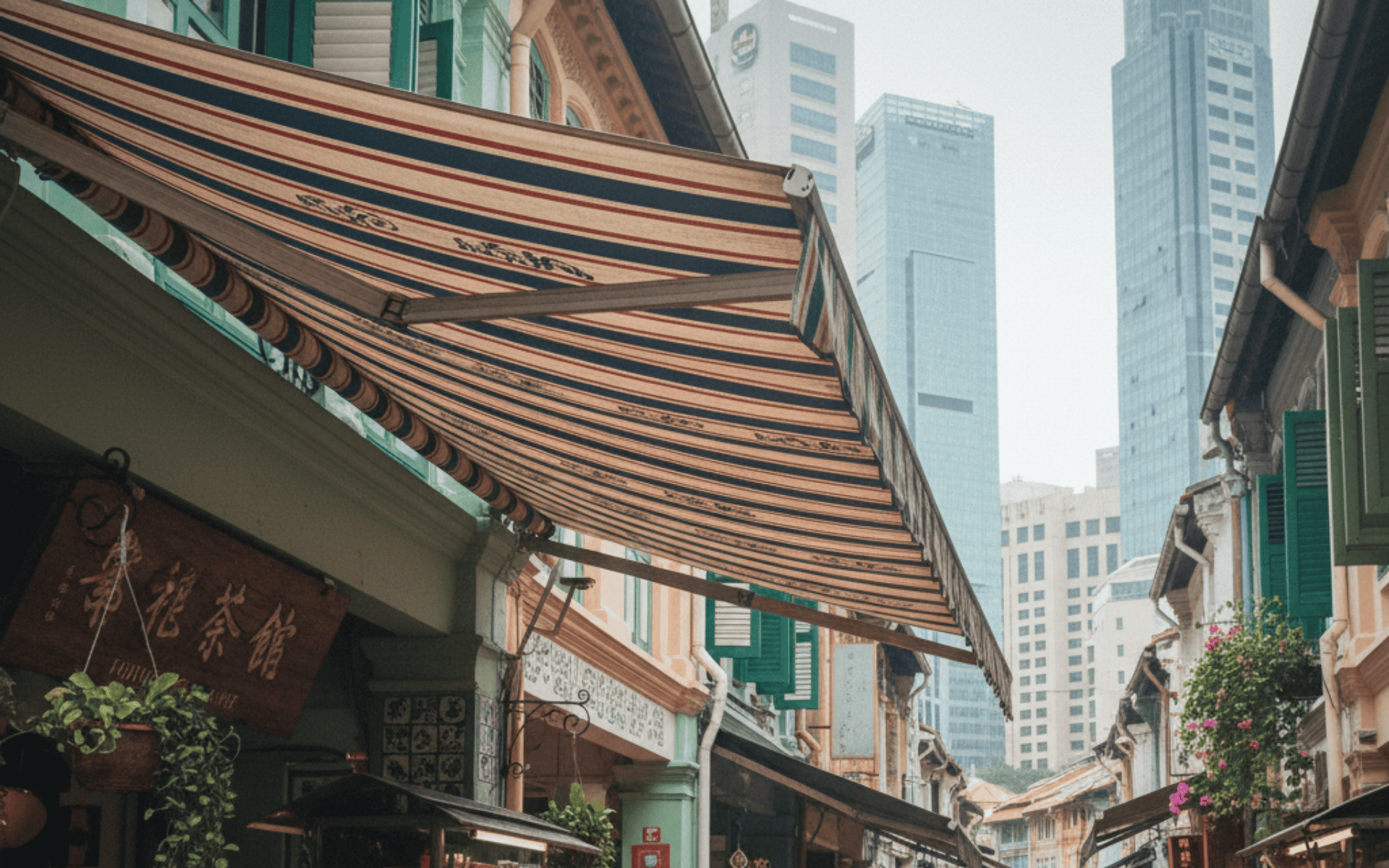The Ultimate Guide to Awning Accessories
Most homeowners install an awning and leave it as it is, not knowing that there are actually many accessories they can add to their awning to enhance functionality and even prolong its lifespan.
But since you already have an awning, why not make the most of it?
Now, you're probably thinking that your current one works fine, as all an awning has to do is provide shelter, right?
With the right awning accessories though, you can make your outdoor space much more liveable and useable, as well as help your awning last longer.
At this point, chances are, you're wondering just how much these accessories can do. After all, your awning is great as it is, so you're probably doubtful that there's anything you can add to it to really make it any better.
Well, that's exactly why you're here.
Here are some of the best accessories for your awning.
1. Wind Sensors
Singapore's weather can be quite unpredictable, and sometimes, out of nowhere, there can be strong storms and gusts of wind.
While rare, when there's a strong enough gust of wind, it could tear your fabric awning or even bend or completely snap the arms of your retractable awning.
To be fair, stationary awnings aren't immune either. Extreme weather like tornados and hurricanes and also damage or break even sturdier stationary awnings.
That said, Singapore is lucky not to have any of those, so the only real threat here is storms and wind, which won't be able to damage stationary awnings as they're more sturdy.
It's fabric awnings that are more at risk from wind as they're much less robust.
So back to our point, while very rare, strong gusts of wind can severely damage your retractable awning and its supporting structure.
Even if it doesn't do so, being exposed to these strong gusts of wind still puts stress on the awning and its structure, which can, over time, accumulate and eventually result in your retractable awning falling apart.
That's where a wind sensor comes in. A wind sensor detects when the wind is getting too strong and automatically retracts your fabric awning whenever that happens.
This reduces the chances of damages and prolongs your retractable awning’s lifespan.
So wind sensors aren’t exactly essential for your retractable awning to function, but they’re definitely essential in prolonging its lifespan and protecting it from wind damage.
2. Rain Sensors
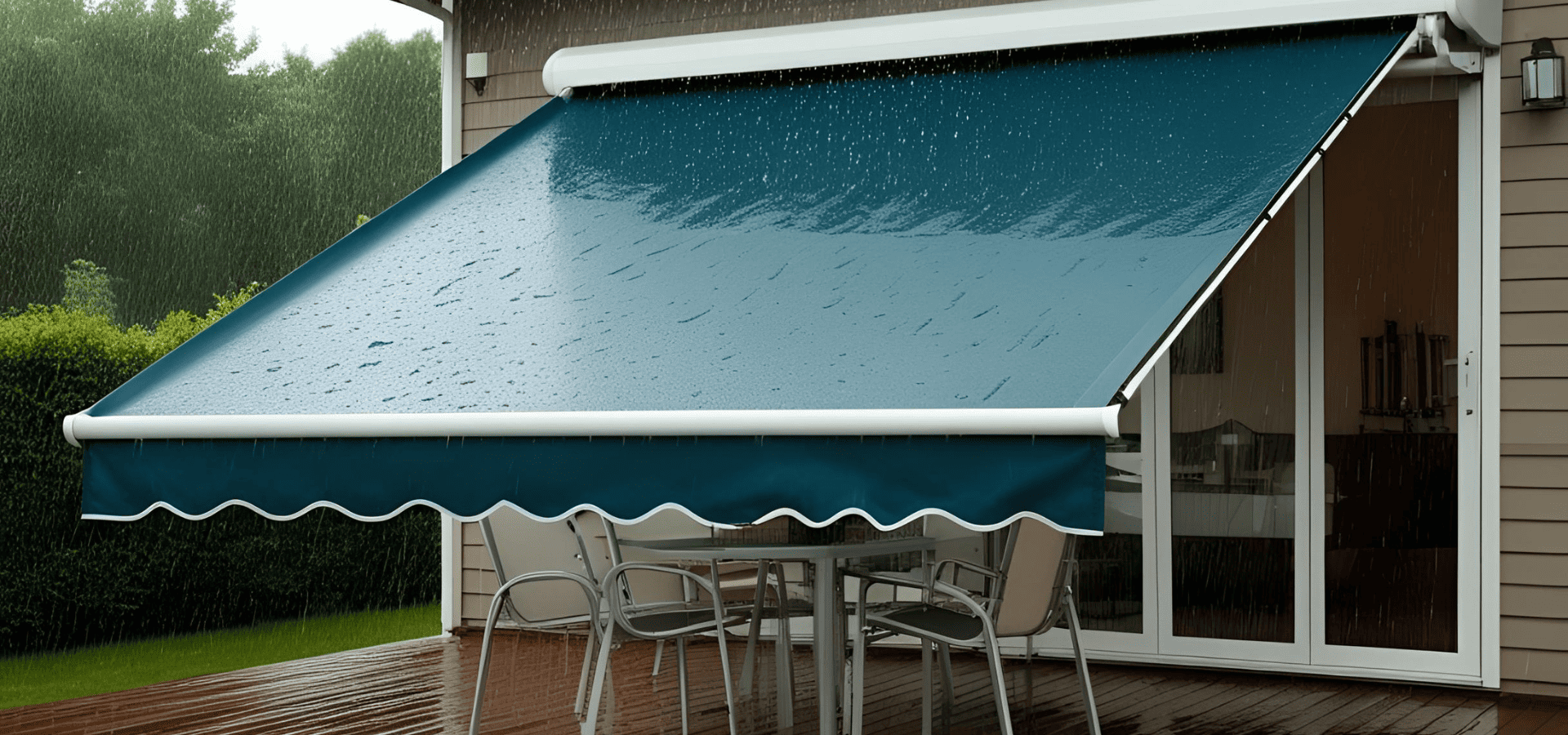
Next, rain sensors serve a similar purpose as wind sensors–to protect your investment.
Rain sensors retract your awnings when there’s rain, which might sound weird since the point of an awning is to provide shelter, but hear us out.
Fabric awnings aren’t always waterproof. In most cases, they’re actually only water-resistant. This means that heavy or prolonged rain can cause your fabric awning to stretch, increase the chances of mould forming, and over time, if it starts to sag and collect water, the weight can even bend or break your retractable awning’s arms.
When you’re using the space, obviously, it doesn’t make sense to retract the awning when it’s raining and let the rain drench you. But when you’re out and don’t need the shelter, there’s no sense in exposing your fabric awning to further wear and tear when you don’t need the shelter.
Unfortunately, rain sensors aren’t advanced enough yet to detect whether anyone’s using the space, so it will retract your awning even if you’re using your space.
However, that’s a small issue, as you can simply stop it from retracting from your app or with a manual button, or you can even disable the rain sensor whenever you’re using your space.
In short, rain sensors preserve the longevity of your fabric awnings by keeping them from being exposed to unnecessary stress and moisture from rainfall.
You can also combine your rain sensor with a wind sensor, and even add a sun sensor into the mix, which we’ll be covering next.
3. Sun Sensors
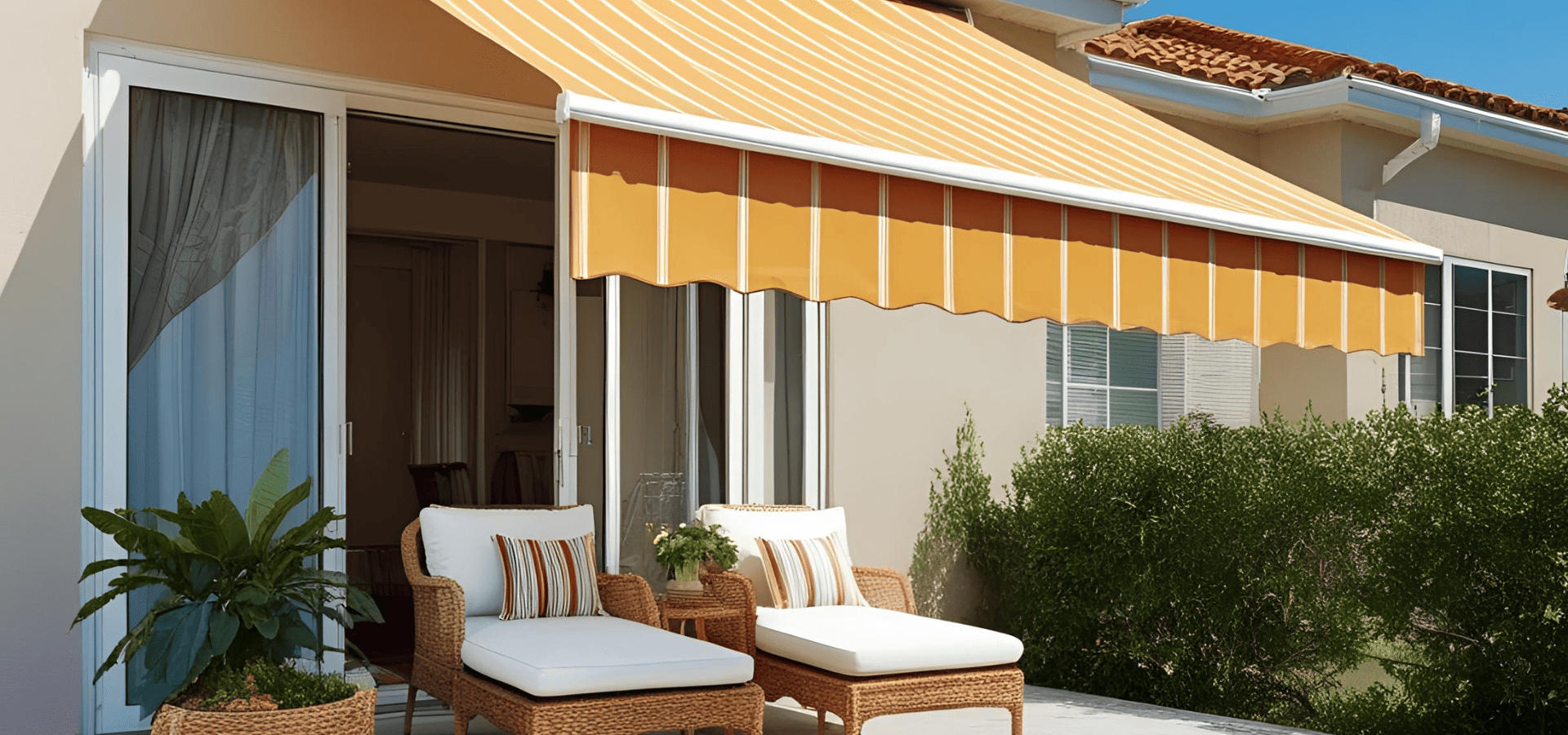
Finally, sun sensors are pretty straightforward–they extend your awning when sunlight gets too bright.
This doesn’t just save you the effort of having to manually press a button to extend your awning when it gets too hot, but more importantly, sun sensors help regulate your indoor temperature and keep your space cool on autopilot.
This enhances your energy efficiency and reduces your cooling bills.
In case you’re wondering why you can’t just leave your awning extended all the time to block out the sun, well, doing so means your space might be too dim or dark whenever the sun softens. You’d also be reducing your vitamin D intake.
So while you could technically just leave your awning extended all the way, you might find that your space is too dimly lit during periods when the sun is less glaring, and you’d get less vitamin D, which is essential for your health.
A sun sensor takes all that off your hands. It ensures your awning only extends when the sun is too glaring, and retracts it once the sunlight returns to comfortable levels. This way, your space remains naturally well-lit as much as possible, while you’re automatically protected from harsh sunlight that’s overly strong.
You can also adjust the sunlight levels at which you want your awning to retract and extend, which means you can customise your sun sensor to your comfort levels.
4. Infrared Heating
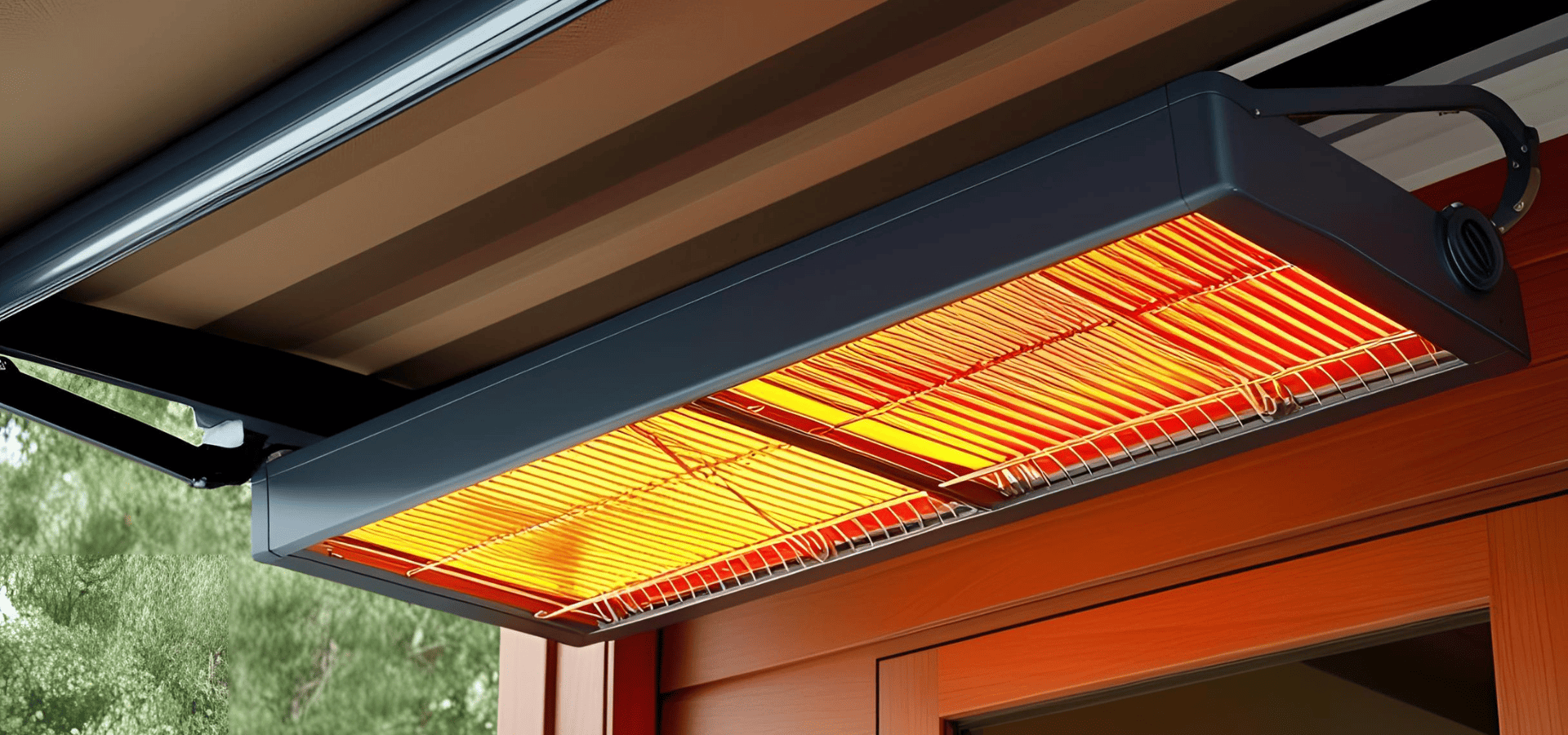
Alright, enough of sensors, let’s move on to something else.
If you were to ask the average Singaporean whether they needed a heater in their home, chances are, they'd be questioning your sanity.
With Singapore's unbearably hot weather, most people would be thankful to not have to turn on their air conditioning system.
The idea of possibly needing heating is definitely a novelty.
That said, many Singaporeans would also remember the period in 2018 where temperatures dipped down to 20 degrees celsius.
Every year, there are also usually a few cooler months in Singapore where some evenings can go down to 26 or sometimes even 23-25 degrees celsius if it's been raining for the whole day.
So while these days are less common, they certainly do exist in Singapore.
It’s on days like those that you'll be grateful for your infrared heating system that'll keep you warm and cosy, even without a jacket.
Infrared heating is better than other forms of heating, as they warm only objects and people, not the air.
As compared to outdoor heaters, infrared heating also doesn't release air, which can wear out the fabric of your outdoor furniture more quickly.
All in all, infrared heaters ensure your space remains warm and cosy even on the coldest days.
Of course, you won't have many opportunities to use it, so it's definitely a luxury item.
Still, if you have the money to spare, on the rare occasion that it's needed, it'll make you feel warm and fuzzy inside.
5. Vibration Dampeners
Lastly, vibration dampeners help to absorb and reduce the movement of your awning caused by wind or vibrations.
Vibration dampeners are usually rubber or silicone inserts or pads placed at the points where your awning mounts to the wall, or along the arms/joints.
Vibration dampeners reduce the shaking and rattling of your awning, stabilising it and reducing the stress on the awning and its supporting structure.
This
reduces wear and tear and prolongs your awning and its supporting structure’s lifespan while at the same time lowering the chances of damage or broken parts.
Another benefit of vibration dampeners is noise reduction. This can be a very helpful feature to have if you're sensitive to noise.
Again, Singapore’s environment is hot and humid most of the time, and most would agree that it’s not exactly windy here in Singapore.
Nonetheless, depending on where you’re installing your awning, your awning might experience more wind than other areas. This could be on a higher level, near the sea, or just at a property that’s not obstructed by any tall buildings around, giving wind a clear path.
At places like these, vibration dampeners will play a crucial role in maximising your awning’s lifespan. Even for regular homes, strong gusts of wind, while less often, do still come about from time to time.
So either way, even if your house isn’t located in a particularly windy area, we would highly recommend that you still purchase and install vibration dampeners, especially considering that they’re relatively affordable.
A full set usually costs just $5-20 for basic ones, and $30-100 for branded ones. Either way, that’s a pretty fair price to pay to extend the usability of your awning.
Final Tips
Many of these accessories serve to prolong your awning’s lifespan, and when combined, they can seriously extend your awning’s usability, usually by at least a few years.
Just because they’re not commonly seen or known doesn’t meant they’re not effective.
Most people don’t even now the existence of these awning accessories, which is a pity considering that by investing a little into these accessories, you can get a few more years of use out of your awning.
At Uni Shades, with over a decade of experience, we can help you install these accessories perfectly or even pre-fit them into the awning we install for you. If you’re looking for an
awning contractor you can trust, give us a call today at 6635 3550
or 9091 0110!
